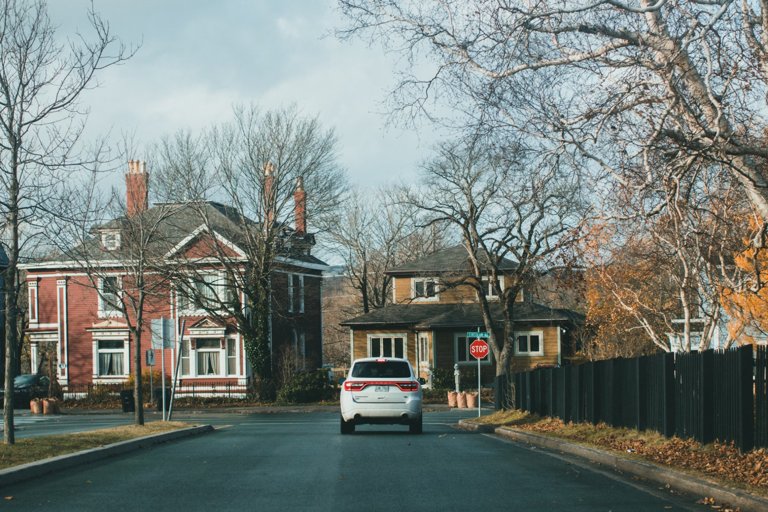Laneway Housing Sees Rapid Uptake in Vancouver's East Side
Residents embrace compact, secondary homes as a creative solution to population growth and limited urban space, with over 400 permits issued this year alone.

Laneway housing has emerged as a favored solution to Vancouver’s urban density challenge, especially in the city’s East Side where over 400 new permits have been granted in 2025 alone.
Originally introduced as a gentle densification strategy, laneway homes—small, self-contained residences typically located behind existing houses—are now being hailed for their affordability and flexibility.
“This was the only way I could keep my family close,” said resident Peter Zhao, who built a two-bedroom unit behind his parents’ home near Trout Lake. “Now they’re nearby, and I can still afford to stay in the city.”
City planners credit the trend to streamlined permitting, new modular design templates, and rising demand from young professionals priced out of traditional rental markets.
Critics have expressed concerns about overbuilt lots, reduced green space, and increased pressure on alley infrastructure. But city officials say new guidelines introduced last year—including maximum square footage limits and green roof incentives—have addressed most of those concerns.
“Laneway housing isn’t a silver bullet,” said planner Nina Kojima. “But it’s a crucial part of our housing ecosystem. It offers a middle ground between towers and sprawl.”
The city is currently evaluating an expansion of the program to allow for two-story laneway homes and rental-only designs, which could further boost inventory without major rezoning.
